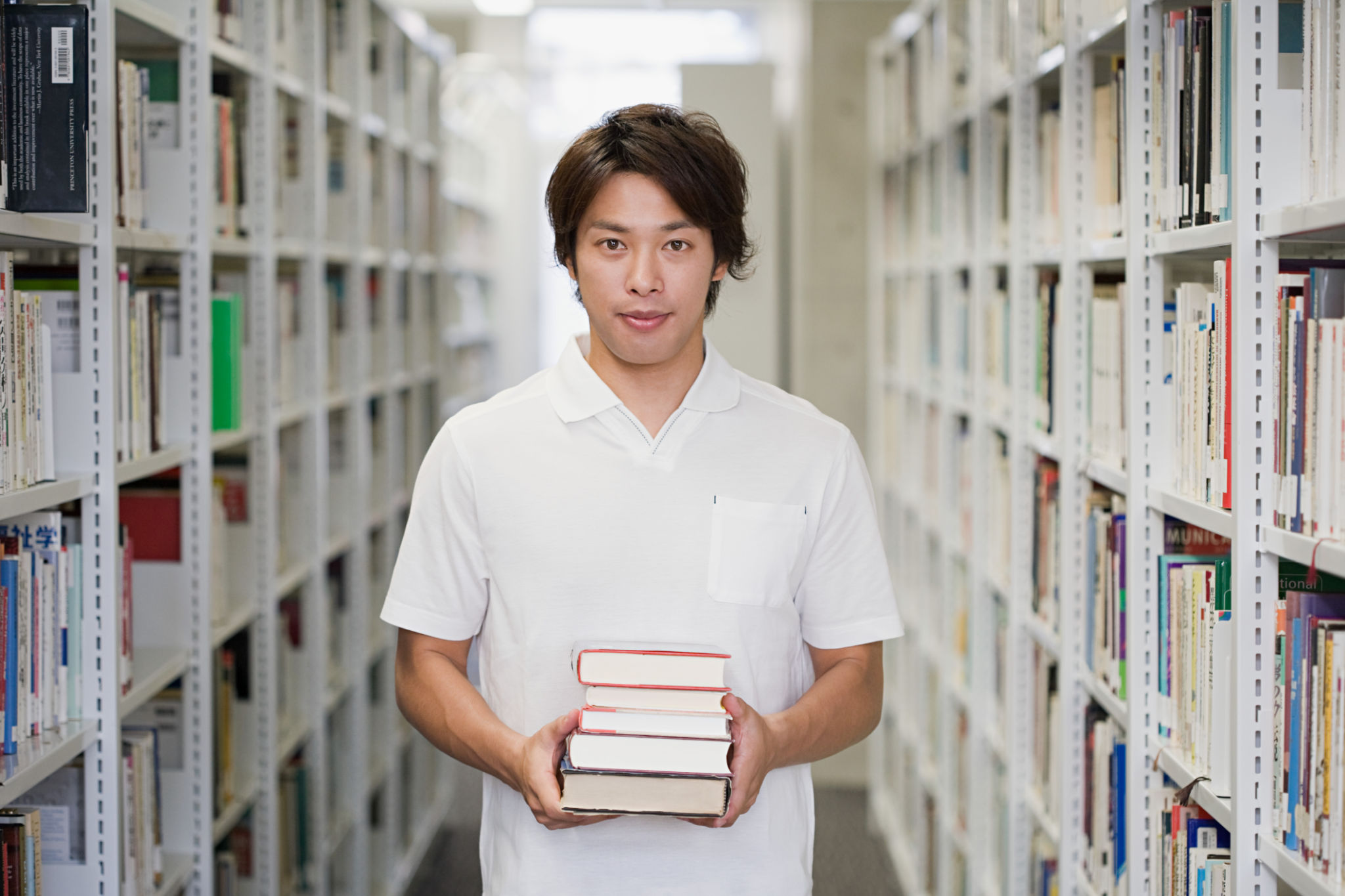DIY Photography Tips for Beginners: What You Need to Know
Getting Started with DIY Photography
Diving into the world of photography can be both exciting and daunting, especially for beginners. However, with the right tips and tricks, you can transform your photography skills quickly. Whether you have a DSLR or are using your smartphone, these DIY photography tips will help you capture stunning images.

Understanding Your Equipment
The first step in DIY photography is understanding the capabilities of your equipment. If you're using a DSLR, take the time to learn about its manual settings like aperture, shutter speed, and ISO. Smartphones also have advanced camera settings that are worth exploring. Familiarizing yourself with these features will give you more control over your photos.
Experiment with different modes and settings to see how they affect your images. This hands-on approach is one of the best ways to learn and grow as a photographer. Additionally, consider investing in a tripod to reduce camera shake and take clearer photos.
Mastering Composition
Composition is a crucial aspect of photography. Understanding how to arrange elements within your frame can make or break a photo. One fundamental composition technique is the Rule of Thirds. Imagine your image divided into nine equal segments by two vertical and two horizontal lines. Position the most important elements along these lines or their intersections for a more balanced and engaging photo.
Also, pay attention to leading lines, symmetry, and framing. These elements guide the viewer's eye and add depth to your images. Practice by taking photos from different angles and perspectives to see what works best for the subject you're capturing.
Lighting is Key
Lighting plays a pivotal role in photography. Natural light is often the best source, so try to shoot during the golden hours—shortly after sunrise and before sunset—when the light is soft and warm. Avoid harsh midday sun as it can create unwanted shadows and highlights.
If you're shooting indoors, position your subject near a window to make use of natural light. You can also use reflectors or white surfaces to bounce light and fill in shadows. Understanding how to manipulate light will significantly enhance the quality of your photos.

Editing Your Photos
Even the best photographers rely on editing to enhance their images. Basic editing can dramatically improve the look of your photos by adjusting exposure, contrast, and saturation. There are many free and paid photo editing apps available for both smartphones and computers.
While editing can be powerful, it's important not to overdo it. Aim for subtle adjustments that enhance rather than overshadow the original image. Experiment with different tools and filters to find a style that suits your vision.
Practicing Regularly
As with any skill, practice is essential in photography. Set aside time each week to take photos, whether it's capturing everyday moments or planning a specific shoot. The more you practice, the more intuitive photography will become.
Consider joining online photography communities where you can share your work and receive constructive feedback. Engaging with others who share your passion will inspire you and provide new perspectives on your work.

Conclusion
Embarking on your DIY photography journey is an enriching experience that allows you to express yourself creatively. By understanding your equipment, mastering composition, utilizing lighting effectively, and practicing regularly, you'll be well on your way to capturing stunning images. Remember that every photographer starts as a beginner, so embrace the learning process and enjoy capturing the world around you.